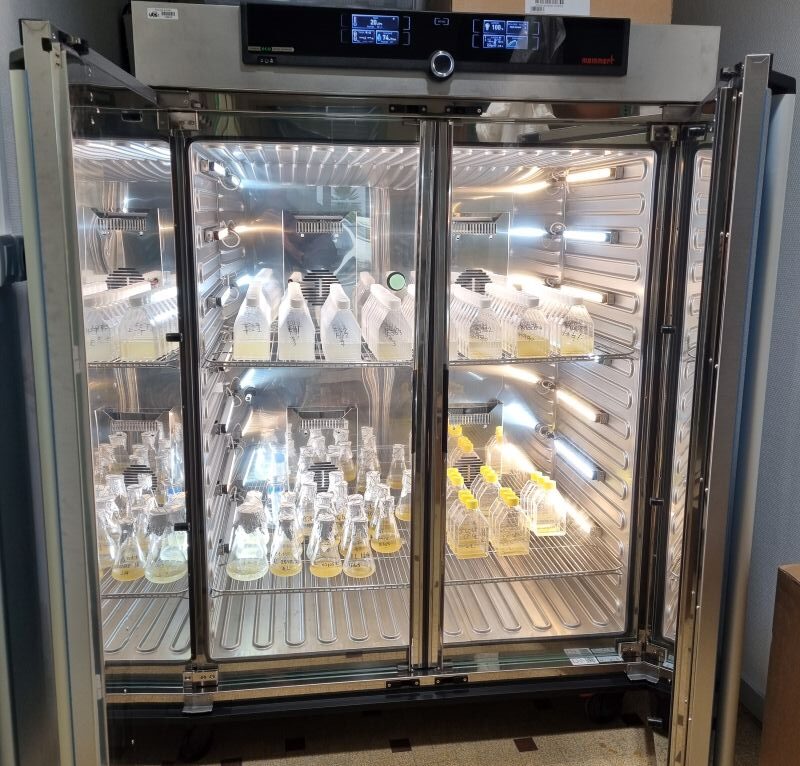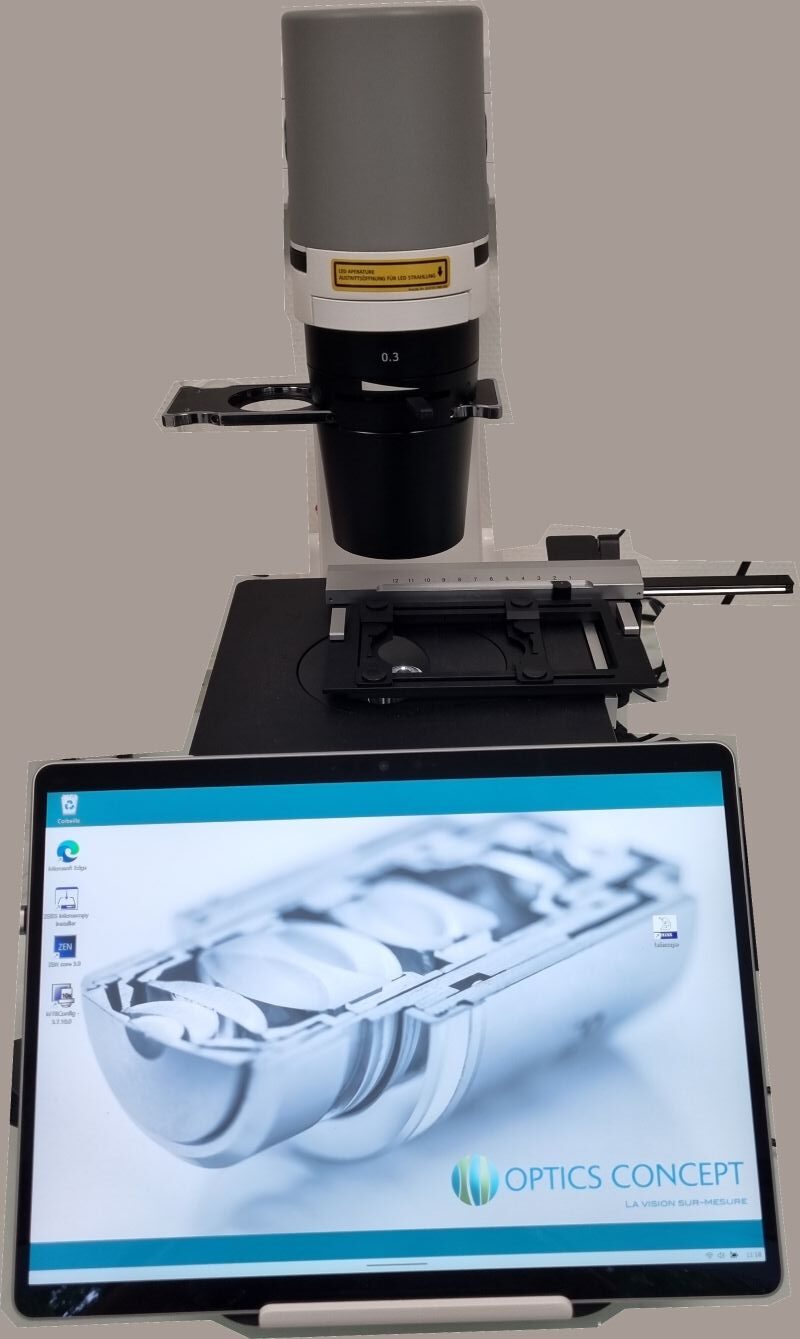choose this expertise?
Are you developing materials that interact with marine environments?
Ensuring ecological safety is now a fundamental requirement. UBSIDE supports you in evaluating the toxicological impact of your materials on aquatic ecosystems. Our testing protocols — developed in collaboration with the Marine Biotechnology and Chemistry Laboratory (LBCM, University of Southern Brittany) and a broad network of partners — enable a precise and comprehensive assessment of environmental toxicity.
Our tailored services
Scientific Monitoring
Test Specification Development
Acute & Chronic Toxicity Testing
Custom Analysis Design
Our added value
- An integrated approach — from material design to environmental impact assessment
- Enhanced expertise through the laboratories of the University of Southern Brittany
- Testing across multiple trophic levels for a complete ecotoxicological profile
- Ability to assess complex materials: antifouling coatings, anticorrosion treatments, leachates, and more
Did you know?
UBSIDE integrates advanced expertise in material ecotoxicity testing, recently strengthened through its partnership with the LBCM laboratories of the University of Southern Brittany. This approach helps you develop more sustainable solutions that meet evolving environmental regulations.
Why Evaluate the Ecotoxicity of Materials?
With growing regulatory pressure and societal expectations, it has become crucial to anticipate and control the environmental impact of materials, including:
- Antifouling, fouling-release, and anticorrosion coatings
- Biodegradable biomaterials and composites
- Any product likely to generate leachates — mixtures of substances released after aging, immersion, or use
Testing Methodology
Our toxicological assessments cover both acute and chronic effects:
- Acute toxicity – short-term exposure (hours to days)
- Chronic toxicity – long-term exposure (weeks to months), detecting sublethal effects such as changes in growth, reproduction, or behavior
Test Organisms & Matrices
Tests are conducted on representative organisms across several trophic levels:
- Bacteria
- Marine microalgae
- Crustaceans
- Echinoderms
- Bivalves (mussels, oysters)
- Fish (embryos or larvae)
Tested matrices include:
- Leachates obtained from accelerated aging or simulated immersion
- Aqueous extracts of materials
- Direct exposure for submerged products (e.g. coatings, biocides)
Applicable Standards
|
Terrestrial environment
|
Freshwater environment
|
Marine environment
|
OCDE 208 |
ISO 6341 |
ISO 11348 |
|---|
Technical Resources & Facilities

Phytotron
precise control of environmental parameters (light, temperature, humidity)

HD-CAM PRIMOVERT optical microscopy


